Typhoon jets have eliminated an Islamic State observation post in eastern Syria.
Typhoons patrolled the Hajin area on Wednesday the 7th of November, according to a news release. An observation post was identified to the north-east of the town, and destroyed using a single Paveway.
On Saturday the 10th of November, a further Typhoon patrol was directed to attack a large building in Hajin, which had been confirmed to be a Islamic State logistics facility and a supposed “safe house” for their extremists.
“A careful check was made of the surrounding area, and then, there being no signs of civilians nearby, two Paveway IVs were guided onto the target.”
Background on Operation Shader
The total cost of British operations against Islamic State was recently revealed.
Jim Cunningham, MP for Coventry South, asked in a Ministry of Defence written question:
“To ask the Secretary of State for Defence, what recent estimate he has made of the cost to the public purse of the fight against Daesh.”
Mark Lancaster, The Minister of State at the Ministry of Defence, replied:
“The net additional cost of counter-Daesh operations in Financial Year 2017-18 was £583.1 million.”
Additional costs in previous years are as follows:
By September 2017, the Ministry of Defence had announced that over 1,000 personnel were engaged in theatre and that the Royal Air Force had conducted around 900 airstrikes, flying over 2,200 sorties, killing 3,000 Islamic State fighters.
Last year, it was reported that the Royal Air Force is operating at its most intense for 25 years in a single theatre of operation which far outstripped the UK involvement in Iraq and Afghanistan – RAF jets have dropped 11 times more bombs (1,276 strikes) on Syria and Iraq in the preceding 12 months than they had in the busiest year of action in Afghanistan a decade previously.
As of April 2017, 37 Hellfire missiles, 20 Brimstone missiles, 30 unspecified/other armaments were used in the operation against Islamic State in Iraq and Syria.


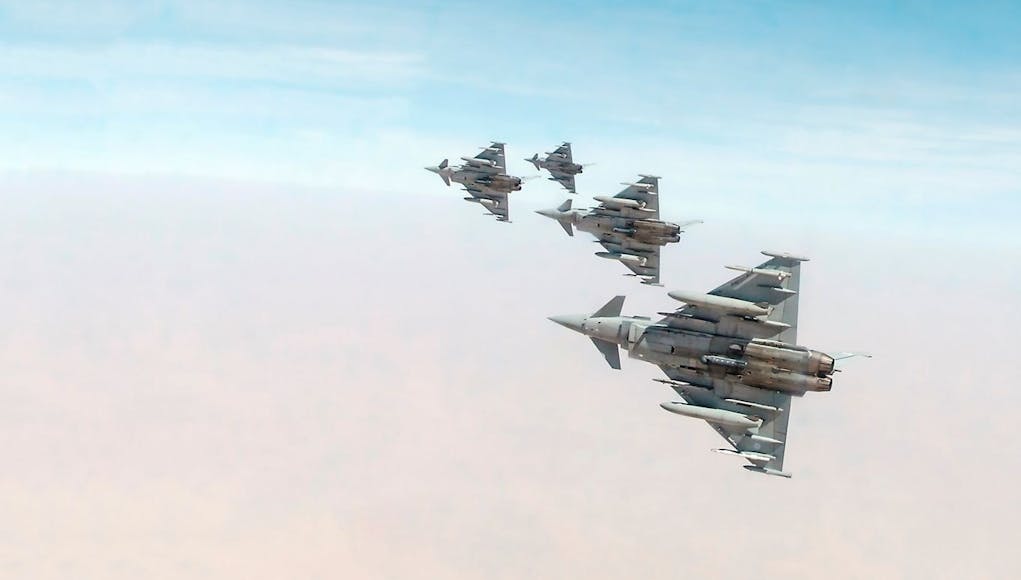

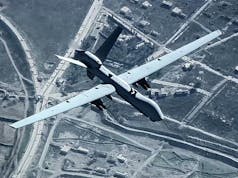
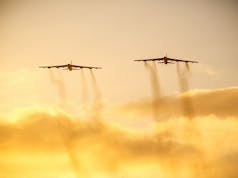
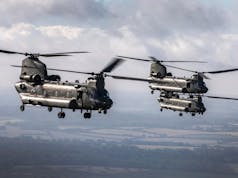
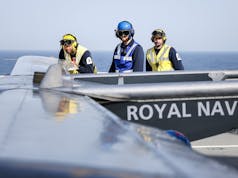
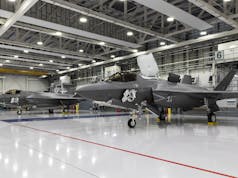
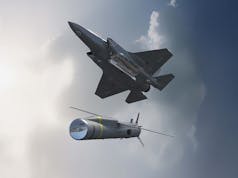

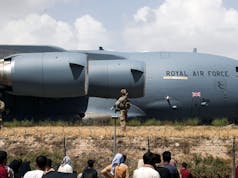

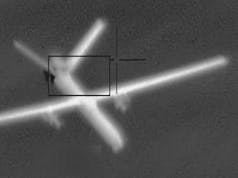

7th T26 is indeed HMS Edinburgh.
Surely using fast jets with guided or precision missiles is an expensive bit of overkill? Would not something like Spectre Gunship or a COIN aircraft be better suited to the task?
Totally.
The reasons for and against have been done to death here many times.
So an advanced aircraft used its missiles to blow up a barn with some beds? A squadron of cheap(relatively) CAS aircraft is needed.
That’s why we should have kept the Harriers.
Since we sold off our Harriers for peanuts, which would have been perfect for CAS duties against the likes of Daesh, perhaps we should be investing in more UCAVs like Reaper or Protector. 3-4 squadrons or so, 30-40 aircraft.
If we’re only getting 138 F35s and only then having about 48 in active frontline service at any one time then we need something cheaper. Ideally I’d say we should just keep the Tornados for as long as we can; at the very least, as long as operations against Daesh continue.
48 F35s and about 80 or so Typhoons will be our total frontline strength in a few years. It’s a joke. If they won’t buy either more Typhoons or more F35s then something cheaper is needed for lower scale operations. Drones could be the answer.
Agreed, It’s a Joke but It’s not funny at all. Cuts Cuts and more Cuts, 1939 we had 433 major ships with a further 166 being built. history proves to us that Technology advanced Assets don’t win Wars, Numbers and the ability to produce them do.
Amen to that. German Tiger tanks were the technological marvel of their day, magnitudanally more advanced than anything else on the battlefield. But 1,400 in total when the US and the USSR were building that many a week were never going to win.
Plus ca change.